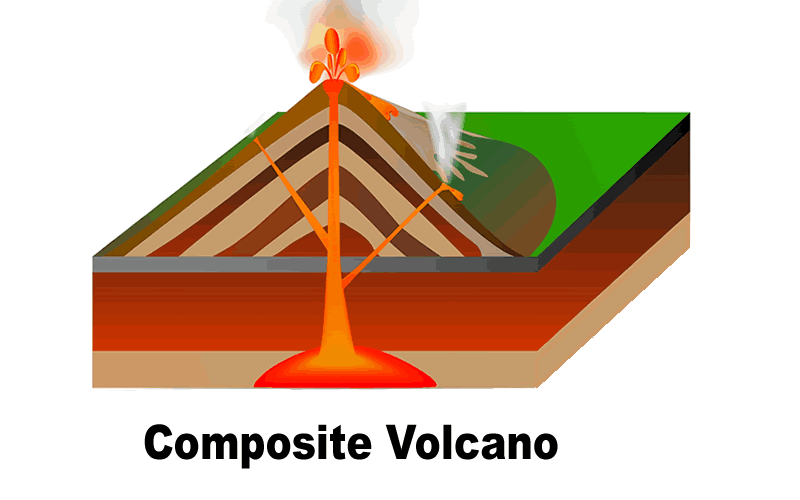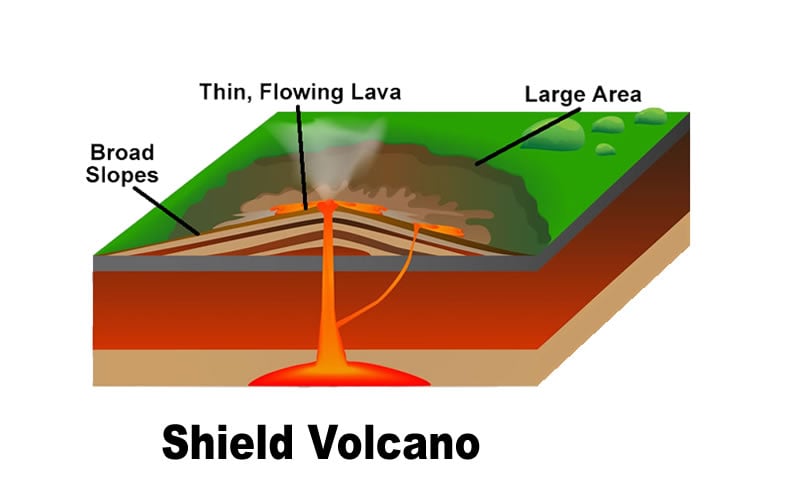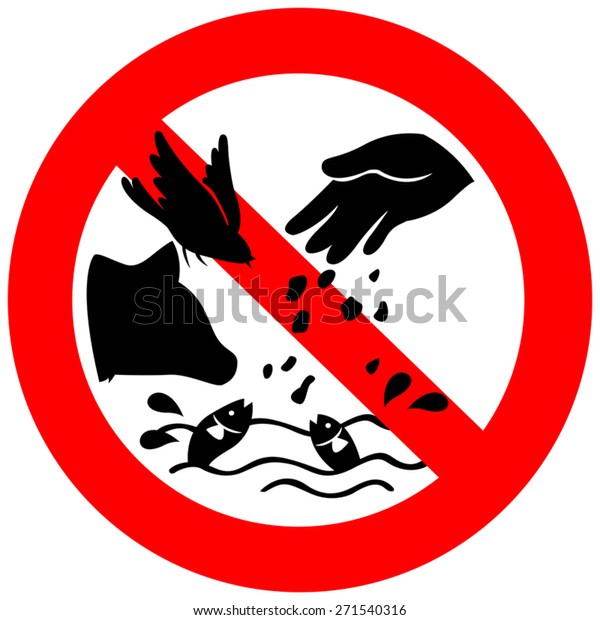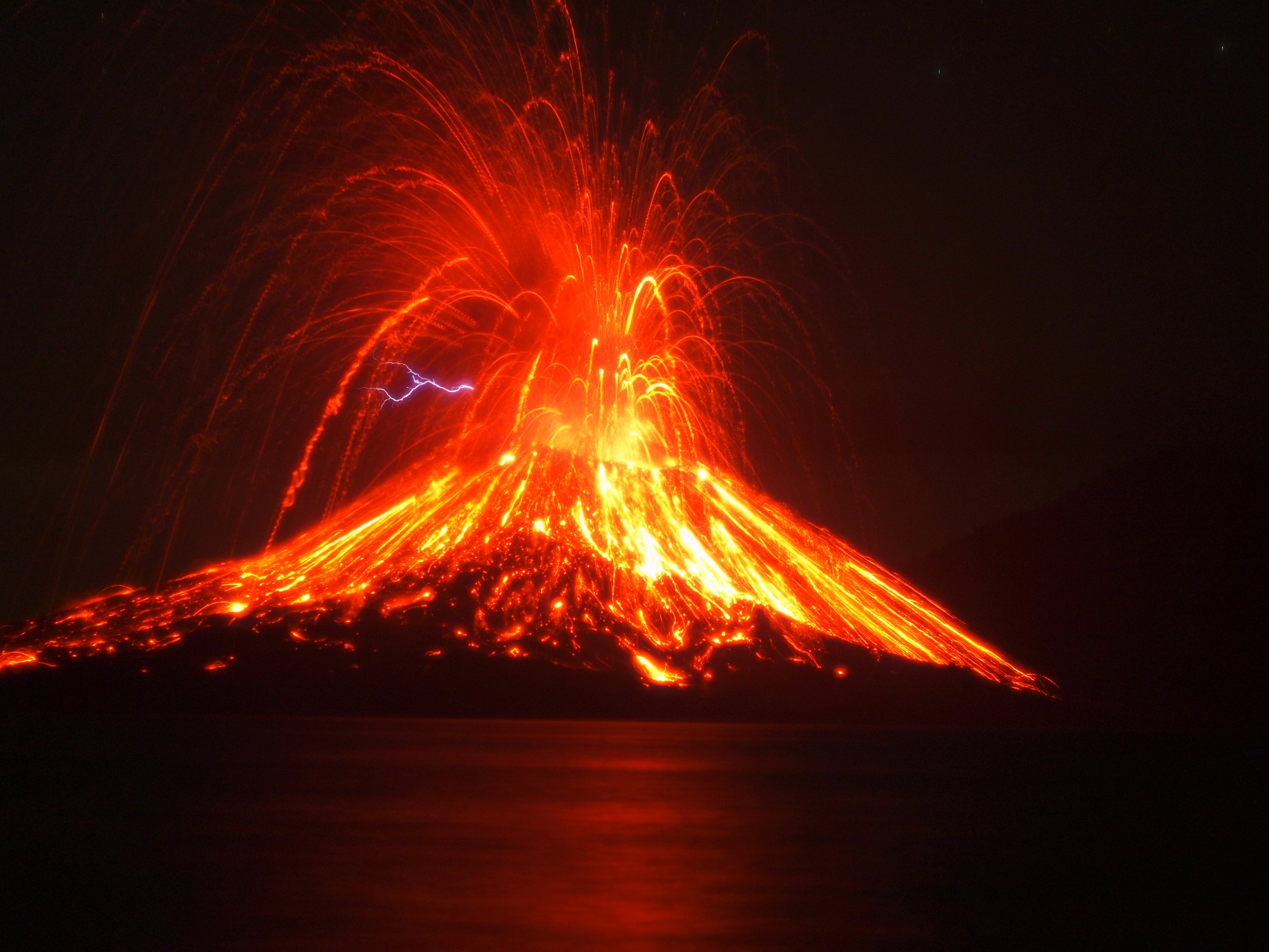Volcano
Facts about Volcanoes
- Volcanic eruptions occur when gas, magma and pressure build up in chambers deep below the Earth’s surface and erupt to the surface.
- Magma is the term for molten rock that is below the Earth’s surface. Once it erupts to the surface, it is called lava.
- There are three main types of volcanoes: Composite, Shield and Cinder types.
- Volcanoes exist on other planetary bodies, such as Mars and Jupiter’s moon Io.
- Volcanic eruptions can cause tsunamis to form when they occur in or near the ocean.
How are volcanoes formed?
In general, volcanoes form when magma, which is molten rock, and gas gather in chambers deep underground, called magma chambers. When the pressure in these chambers gets high enough, the gas and magma erupt to the surface through a main vent or “throat”. Volcano formation is a complex process, and there are several types of volcanoes that form in their own unique ways.
The Basics of Volcano Formation
The Earth is divided into 4 main layers – the crust, the mantle, the outer core and the inner core. The crust rests on top of the mantle. The mantle is much hotter and comprised of heavier elements than the crust. These heavier elements include oxygen, silicon, magnesium, aluminum and iron. The temperature of the mantle ranges from approximately 1000 – 1500 degrees Fahrenheit at its border with the crust to 6500 – 7000 degrees Fahrenheit at its border with the outer core. The mantle is solid rock, but because the temperature of the mantle is so high, the mantle acts more like a plasma or fluid over long periods of time.
The crust, which is comprised of lighter elements than the mantle, is split into plates that ‘float’ on top of the hot mantle. These plates are referred to as tectonic plates. As gas pressure builds up within the mantle, the seams in the tectonic plates act as a pressure release valve for the Earth, and hot materials from the mantle are vented or ejected to the Earth’s surface. As the material is ejected, it cools and can begin to make formations, such as the mountain-like shapes that are called volcanoes.
How does magma form?
Most magma formation occurs in one of three ways. These include subduction, magma that originates in rift zones, or magma that originates in hot spots.
Subduction. Subduction occurs when one tectonic plate that is submerged under the ocean (its top layer is ocean), slides under a tectonic plate covered by land. This process, called subduction, allows water and minerals saturated with water to penetrate down into the mantle. As the water-rich plate continues to subduct down into the hot mantle, liquids are released, and the liquids lower the temperature at which the hot solid rocks in the mantle melt, forming magma. As the rocks melt into magma, the magma becomes less dense and filled with gas bubbles. The magma begins to form cracks and fissures in the surrounding rock, and it begins to rise towards the surface of the Earth, where it may collect into magma chambers.
Types of Volcanoes

Different resources may classify volcanoes into as little as two to three main types or as many as six types. The most common classification system groups them into three main types: stratovolcanoes or composite volcanoes, cinder volcanoes and shield volcanoes. In this classification system, they are defined by their shape and by how they are formed.
Composite Volcanoes. Composite volcanoes have the most well-defined shapes and are formed from past eruptions. They have steep slopes and are cone-like in appearance. The eruptions are generally violent, and spew lava, rock, ash and other debris. The lava is thick, and cools rapidly, forming the steep slopes. As the lava cools, all of the ejected materials combine and cool together on the slopes of the volcano, which is where the term composite comes from. Most famous volcanoes, including Mount Saint Helens and Mount Vesuvius fall into this category because their eruptions the most destructive and powerful, and therefore gain substantial attention.
 Shield Volcanoes. These volcanoes are not nearly as violent as composite types and the lava streams out rather than explodes out. The lava is thin and cools over a widespread area, forming wider and shorter shield-like structures. The Hawaiian islands are actually shield volcanoes.
Shield Volcanoes. These volcanoes are not nearly as violent as composite types and the lava streams out rather than explodes out. The lava is thin and cools over a widespread area, forming wider and shorter shield-like structures. The Hawaiian islands are actually shield volcanoes.
Where are volcanoes found on Earth?
As volcanoes are defined as any point where these hot materials are vented to the Earth’s surface, the vast majority of volcanoes on Earth are located along the edges of tectonic plates. These are not always in the form of the large cones that are often associated with them.
In fact, over 80% of the volcanoes on Earth are located around an area that is famously called the Ring of Fire or Pacific Ring of Fire.
Are there volcanoes on other planetary bodies?
Some of the planetary bodies within our solar system have or at one time had volcanic activity. These include Mars and Jupiter’s moon Io. It should also be possible to locate them on any planet or moon that has an active core which builds up gas and pressure, and a solid or mostly solid crust through which these elements escape. In fact, planetary scientists are utilizing evidence of volcanic activity to help them identify planetary bodies with active inner layers and cores.
- Jupiter’s fifth moon, Io. Io is the only planetary body aside from Earth that scientists have positively identified volcanic activity on, and a lot of it has been observed. Because of its close proximity to Jupiter, the core of Io most likely remains active due to Jupiter’s strong gravitational field essentially ‘wreaking havoc’ on it, as Io orbits the massive planet.
- Mars. While Mars no longer has volcanic activity, it certainly did in the past. Using satellite imagery, planetary scientists have been able to identify a number of ancient but inactive volcanoes on the red planet’s surface. These include Olympus Mons – a massive volcano that is over two times the size of Mount Everest, Alba Mons – a volcano that is approximately one-third the height of Olympus Mons but covers about the same area as the United States, and the Tharsis Montes, a group of three enormous shield volcanoes.
What are some well-known Volcanic Eruptions?
Mount Vesuvius. In 79 A.D., Mount Vesuvius erupted and destroyed multiple villages including the city of Pompeii and another city called Herculaneum. Oplontis was a smaller village but was also very close to the eruption and destroyed.
Mount St. Helens. Mount St. Helens erupted in 1980 A.D. It was said to have ‘blown its top off’, and a massive landslide followed the eruption on the north side of the mountain. A large crater is now located at the top where the explosion ejected lava, rock and ash.
Krakatao Volcano. In 1883 a volcano located on the island of Krakatau, which is found between Java and Sumatra in Indonesia, erupted and killed over 36,000 people. Many of the deaths were not directly caused by volcanic activity but by
tsunamis that formed as a result of the explosion and struck surrounding islands.
Volcanoes in Literature, Film and Culture
- In 1990, Tom Hanks and Meg Ryan starred in a romantic comedy called “Joe Versus the Volcano”. In the film, Tom Hanks plays a dissatisfied employee who gets tasked to save a wealthy man’s island by sacrificing himself to a volcano that the native islanders believe is a deity.
- Pierce Brosnan starred in a 1997 movie titled “Dante’s Peak”, in which he plays a professor that believes a volcano is about to erupt but has difficulty convincing the people of a nearby town and evacuating it.
- There are numerous paintings that have been created in regards to volcanic eruptions. One example titled “The Eruption of Mount Vesuvius”, was painted by Pierre-Jacques Volaire in 1777, and is now located at the North Carolina Museum of Art.
- In Roman Mythology, Vulcan was the god of fire, including the fire of volcanoes. The word volcano indirectly stems from the name “Vulcan”.
 You might think that you are being kind to the native birds and animals by giving them your food scraps, but feeding them or leaving rubbish around that they might eat is cruel, not kind!
You might think that you are being kind to the native birds and animals by giving them your food scraps, but feeding them or leaving rubbish around that they might eat is cruel, not kind! 

